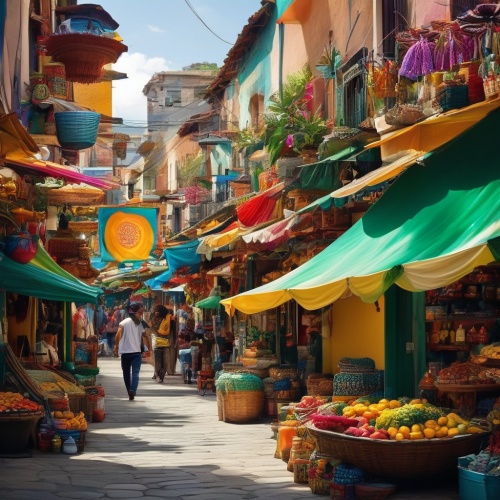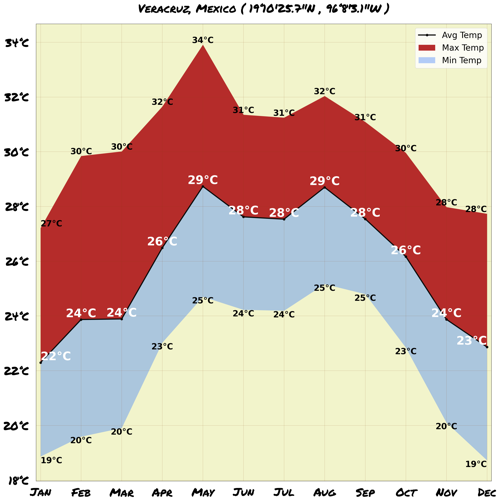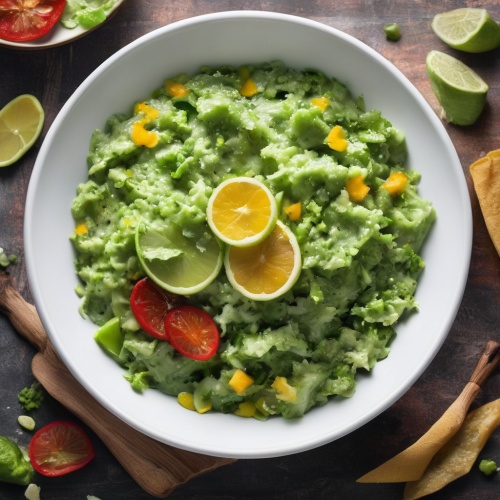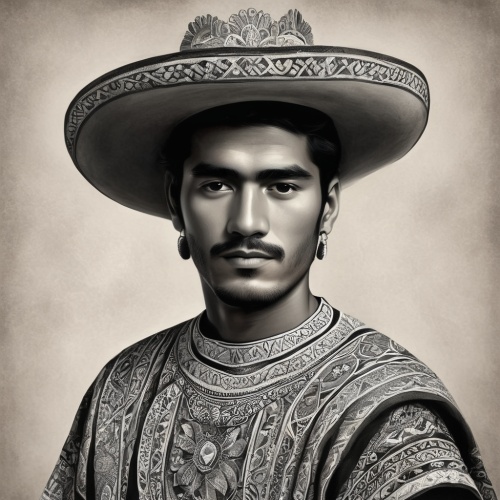Understand
Veracruz, a city with a captivating past, has been a gateway to Mexico for sea travelers and their goods since its establishment. This region witnessed the arrival of the Spanish in the 16th century, marking the beginning of a three-century domination that forever transformed the area. Notably, Hernán Cortés made his first landing in Mexico at a town called La Antigua Veracruz, located about 20 km northwest of Puerto Veracruz. Veracruz became a key port for the Spanish Treasure Fleets, facilitating the transport of Mexican silver and exotic goods from the Acapulco-Manila galleon trade to Spain. The San Juan de Ulúa fortress, built in the 16th century on an island off the city's coast, served as a defense against pirate attacks. It also witnessed the final stand of Spanish colonialism in New Spain during Mexico's War of Independence. With a title of 'Cuatro Veces Heroica' ("Four Times Heroic"), Veracruz endured four foreign invasions, two of which led to full-scale invasions of Mexico. The city's colonial architecture suffered significant destruction during these conflicts, with the city walls being demolished during the era of Porfirio Diaz. However, remnants of the rich history can still be found, including two historic fortresses, numerous museums, and notable buildings along the "Malecon". While Veracruz may not boast pristine beaches, a few can be found to the north. Beach enthusiasts may prefer exploring the nearby Tecolutla or heading south to Los Tuxtlas for a coastal retreat. In Veracruz, the local language is Spanish, and while not all hospitality workers speak English, more than half are proficient. The locals, known as "jarochos", are friendly people who embrace outdoor activities. Enjoying a mild climate, with temperatures averaging between 25 and 32 degrees Celsius, the only caveat lies in the high winds known as "nortes" that can reach up to 120 km/h between January and March.
Map & Climate
Popular Foods
 **Tacos al Pastor**: A traditional Mexican dish consisting of marinated pork (although sometimes made without meat or with chicken and other meats) cooked on a vertical spit, then thinly sliced and served in corn tortillas. The dish is typically garnished with pineapple, fresh cilantro, and diced onions, and accompanied by a spicy salsa.
**Tacos al Pastor**: A traditional Mexican dish consisting of marinated pork (although sometimes made without meat or with chicken and other meats) cooked on a vertical spit, then thinly sliced and served in corn tortillas. The dish is typically garnished with pineapple, fresh cilantro, and diced onions, and accompanied by a spicy salsa. **Mole Poblano**: A rich, complex sauce originating from the region of Puebla, mole poblano is typically made with a combination of chili peppers, nuts, seeds, chocolate, and spices, resulting in a slightly sweet and deeply flavorful sauce. It is often served over chicken or vegetables, and garnished with sesame seeds and edible flower petals.
**Mole Poblano**: A rich, complex sauce originating from the region of Puebla, mole poblano is typically made with a combination of chili peppers, nuts, seeds, chocolate, and spices, resulting in a slightly sweet and deeply flavorful sauce. It is often served over chicken or vegetables, and garnished with sesame seeds and edible flower petals.





Comments
NO COMMENTS